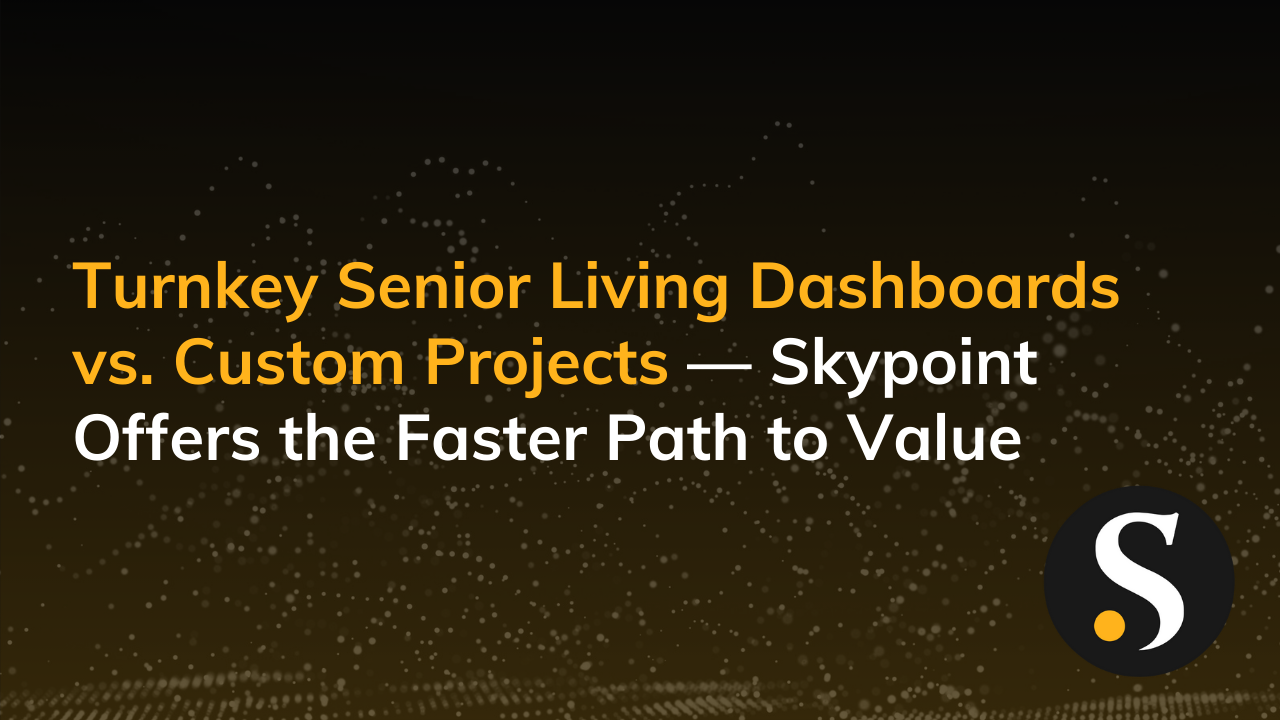You’ve probably already heard the term “360-degree customer view” being thrown around marketing inner circles. In theory, it’s a process to aggregate customer data spread across disparate sources to better understand customer behaviors, preferences, and traits.
With a holistic customer profile, your marketing and sales teams have insights to deliver personalized, engaging, and predictive experiences to your customers—leading to increased business revenue. Sounds easy to achieve, right? But we all know reality can look a wee bit different.
Customer data isn’t readily available from a single source. It often resides across multiple systems, since most customer interactions happen during a multi-channel, multi-event journey. Capturing data from all sources isn’t the main goal. The goal is to turn that data into actionable insights so marketers have a comprehensive understanding of customer interests.
In addition, your customers expect you to respect their privacy when collecting data. With data privacy laws like the California Consumer Privacy Act (CCPA), the California Privacy Rights Act (CPRA), and the General Data Protection Regulation (GDPR) in effect, privacy is now an inherent consumer right.
So, how can you create a unified customer view while still maintaining privacy compliance and delighting your customers? By building a customer 360 view without compromising privacy.
What is Customer 360?
Getting a 360-degree view of customers requires leveraging data from various touch points in a customer’s journey. However, this often-cited customer 360 definition neglects the element of data privacy.
To truly know your customer, you must unify and translate disparate data sources into a common language. But many of these sources are likely going to have personally identifiable information (PII), which is now regulated by CCPA and other similar regulations.
In addition to adhering to these laws, customers themselves are getting savvier about their personal data. 71% of U.S. consumers worry about how brands collect and use their personal information. They expect brands to remain transparent about who has access to their data and how it is used.
Customer 360 isn’t just about unifying customer data anymore. It’s about building privacy-compliant customer profiles by aggregating data from all sources and systems so marketing and sales teams are empowered to create exceptional privacy-first customer experiences.
Why is a 360 Degree Customer View Important for Marketers?
Your customers leave behind the hint of their intent every time they interact with your brand’s digital assets. Capturing their intention is essential to ensure long-standing customer relationships and achieve company performance objectives.
With a 360-degree customer view, it’s possible to understand what your customer wants. This holistic customer profile empowers marketing teams to deliver personalized and engaging customer experiences.
A 360-degree customer view is critical to building effective marketing campaigns that align with your customer interests—instead of delivering campaigns that annoy them or simply aren’t relevant. With a 360 view of customers, marketers are better positioned to perform the following tasks.
Targeted Marketing and Personalization
Marketers chant the “know your audience” mantra, but how many marketers are actually putting this mantra into their marketing practice? Customer 360 is often the missing link. Micro-segmentation, next best offers, and recommendation models are only as useful as the data behind it. Creating a unified view of customer data helps uncover behaviors and insights.
Proactive Customer Retention
All too often, marketers forget about one of the most important stages of the buyer’s journey…the fourth stage, Delight. How do we continue to delight our customers long after the sales transaction? Good data can model and predict churn. The more data you can bring to bear on the model, the better. Customer 360 data helps marketers create content and campaigns to engage with customers before they churn.
How Skypoint Helps Marketers
Skypoint Cloud’s Customer 360 solution consolidates data across silos automatically and creates unified customer profiles organized in one secure location. With flexible rules and machine learning, Skypoint identity resolution connects PII data from all the systems so your teams always have a compliant 360 view of customers.
Skypoint also acts as a cohesive and accessible customer data platform (CDP), enabling teams to access real-time customer data from 200+ pre-built connectors—such as your CRM, analytics, email marketing, and other marketing automation solutions. (Search for your favorite tools on our integrations page…Skypoint already works with your preferred solutions or we can build that connector.)
With a customer 360 solution like Skypoint Cloud, marketing teams respond to customers in real-time, with timely and relevant messages. Since teams have access to customer profiles, they’re also better positioned to navigate their marketing campaigns and budgets towards prospective customers.
It’s equally important to remain transparent with your customers about using their data to build their trust and remain compliant with data privacy laws. With a privacy-driven customer 360 view, you not only differentiate your brand but also create customer loyalty by delivering connected, personalized experiences without compromising their privacy.
Skypoint Cloud’s Customer 360 enables your marketing teams to turn siloed customer data into memorable and trusted customer experiences…while fulfilling compliance needs. Request a demo to explore customer 360 capabilities with Skypoint.












